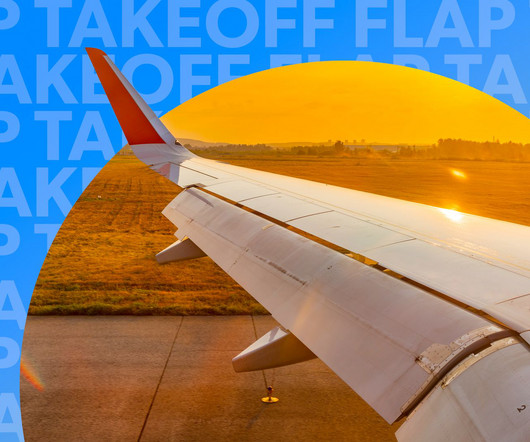Tailless Aircraft: How Airplanes Fly Without a Tail
Pilot Institute
JUNE 4, 2025
Use of Reflex Airfoils Ever notice how many tailless aircraft have wings that curve at the trailing edge? This type of design is a reflex airfoil. The reflexed shape of the airfoil usually causes a positive (nose-up) pitching moment coefficient at its aerodynamic center. Flying wings dont have tails or elevators.










Let's personalize your content